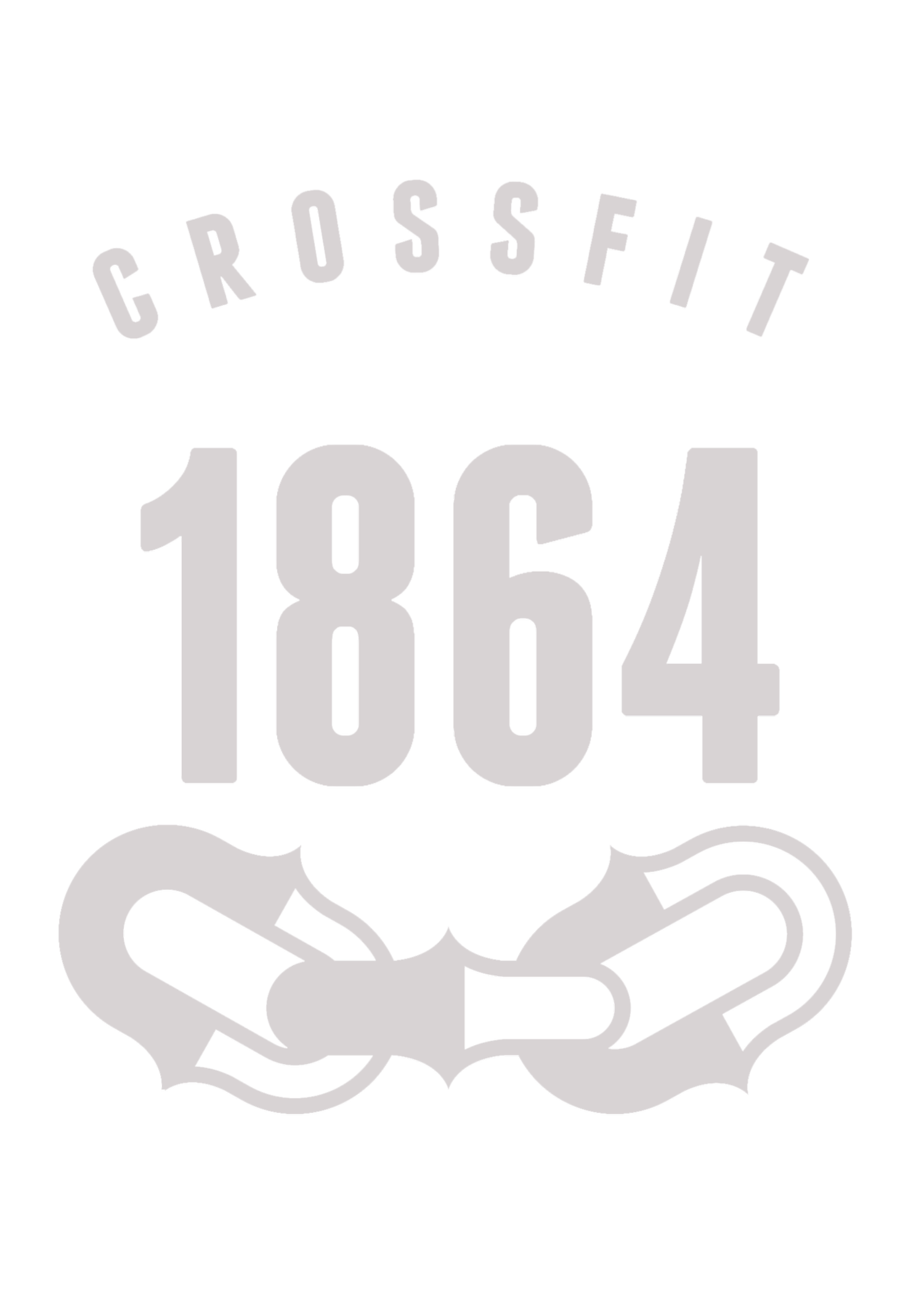Burn Fat, Breathe Easy: How Keto Impacts VO₂max and Performance
By Kike Yepes
Over the past decade, low‑carbohydrate, high‑fat eating patterns have exploded in popularity. Keto recipes fill our social feeds, and some endurance athletes swear by fat‑adaptation. Yet most of us were taught that carbohydrates fuel high‑intensity exercise.
As a gym owner who gets asked about keto all the time, I wanted to know: Does it actually help performance, or is it just hype? I dove into the science to see how a ketogenic diet (KD) affects VO₂max, metabolic flexibility, and overall performance—for CrossFit athletes and everyday folks trying to get fit.
Here’s what I found, written in plain English.
Your Metabolism Is a Hybrid Engine
Think of your body like a car with two fuel tanks. One burns carbs (fast and efficient), the other burns fat (slow but steady).
VO₂max is like your car's redline—the highest rate your engine can process oxygen during intense effort. Traditionally, people believed that past 60% of VO₂max, your body switches to primarily burning carbs.
This is called the “crossover point.” It’s why most athletes are told to “carb up” before races or intense workouts.
But here’s the twist: That model was based on carb-adapted athletes. What happens if you train your engine to prefer fat?
A Study That Rewrites the Rules
A study by Prins, Noakes, and colleagues challenged that old thinking. Read the full study here.
They put competitive runners on a ketogenic diet for six weeks. The results?
These athletes were still burning over 50% fat at 90% VO₂max.
Their crossover point shifted to 85% VO₂max (instead of the usual 60%).
Performance didn’t drop. 5K time trials and VO₂max scores stayed the same.
That’s huge. It means fat-adapted athletes can operate at high intensities without needing a constant stream of carbs.
As Clear might say: "What you fuel your body with determines what kind of work it can sustain.”
What About CrossFit?
CrossFit is a different beast—it’s not just aerobic; it mixes sprints, lifts, and gymnastics. So how does keto perform in this world?
In a six-week trial:
Keto athletes lost 3.45 kg, reduced BMI and body fat by 2.6%.
Lean mass stayed the same.
Their performance on a benchmark CrossFit WOD improved by 41–55 seconds—the same as the control group.
In a four-week study:
CrossFit performance (in the “Fight Gone Bad” WOD) did not change.
But women showed a 10% drop in VO₂max on a bike test.
Liver enzymes and blood markers shifted, especially in men.
Translation: Short-term keto won’t crush your CrossFit WOD, but may impact your cardio and bloodwork—especially early on.
Long-Term Keto: More Fat Burn, Less Muscle?
A 12-week study tracked recreational CrossFitters on a keto diet.
Body fat dropped.
Performance (lifts, push-ups, 400m runs) stayed solid.
But there was a decrease in leg muscle size and a rise in LDL cholesterol.
If your goal is fat loss, this is good news. If you’re chasing hypertrophy or peak strength, you might want to rethink.
“You don’t rise to the level of your goals. You fall to the level of your systems.” — James Clear
Keto can help you lean out, but might not be the best system for building mass.
Fat Burners at Full Throttle
In endurance sports, keto shines even brighter.
The same study by Prins showed:
Athletes hit 1.5–1.85 g/min fat oxidation at 86% VO₂max.
Their 5K run times didn’t drop, despite burning fat, not carbs.
Plus, 30% of middle-aged athletes in the study had pre-diabetic glucose levels on high-carb diets. After keto adaptation? Those markers normalized.
So yes, keto trains your body to burn fat at intensities once thought impossible.
“The fuel you choose changes the game you can play.”
The Downsides
Keto isn’t perfect. Here’s what research shows:
Exercise economy drops above 65% VO₂max. Fat is less efficient, so you need more oxygen to maintain the same pace.
Anaerobic performance (e.g., sprints or heavy lifting) may suffer from lower glycogen.
Some experience the “keto flu”: fatigue, headaches, and poor sleep.
Long-term keto can raise LDL cholesterol in some people.
Know your goals. Know your limits.
Benefits Beyond the Gym
For the general population, keto offers:
Fat loss while preserving muscle.
Improved insulin sensitivity.
Reduced inflammation.
Possible boosts in mental clarity and appetite control.
This makes it a potential tool for anyone managing weight, blood sugar, or brain fog.
But it takes planning. Electrolytes, protein, and micronutrient intake must be dialed in. And it’s not for everyone—especially those with kidney, liver, or gallbladder issues.
Habits for Keto CrossFitters
Adapt gradually. Give it at least 4–6 weeks. You’ll likely feel sluggish before you feel supercharged.
Track electrolytes. Sodium, potassium, and magnesium are essential.
Eat enough protein. Aim for 1.6–2.2g per kg of body weight.
Try targeted keto. Have 20–50g carbs before intense workouts.
Monitor everything. Track WOD scores, mood, sleep, and blood work.
“Success is the product of daily habits—not once-in-a-lifetime transformations.” — James Clear
Final Thoughts
The ketogenic diet isn’t magic. It’s a tool—and tools work best when paired with clear goals.
If your goal is fat loss, endurance, or better blood sugar control, keto may help. If your goal is to max your squat or PR Fran, it might not be ideal long-term.
Train your system. Test your results. And always listen to your body.
Want the full study? Click here to read the original research.


